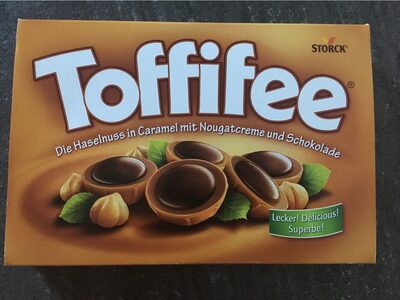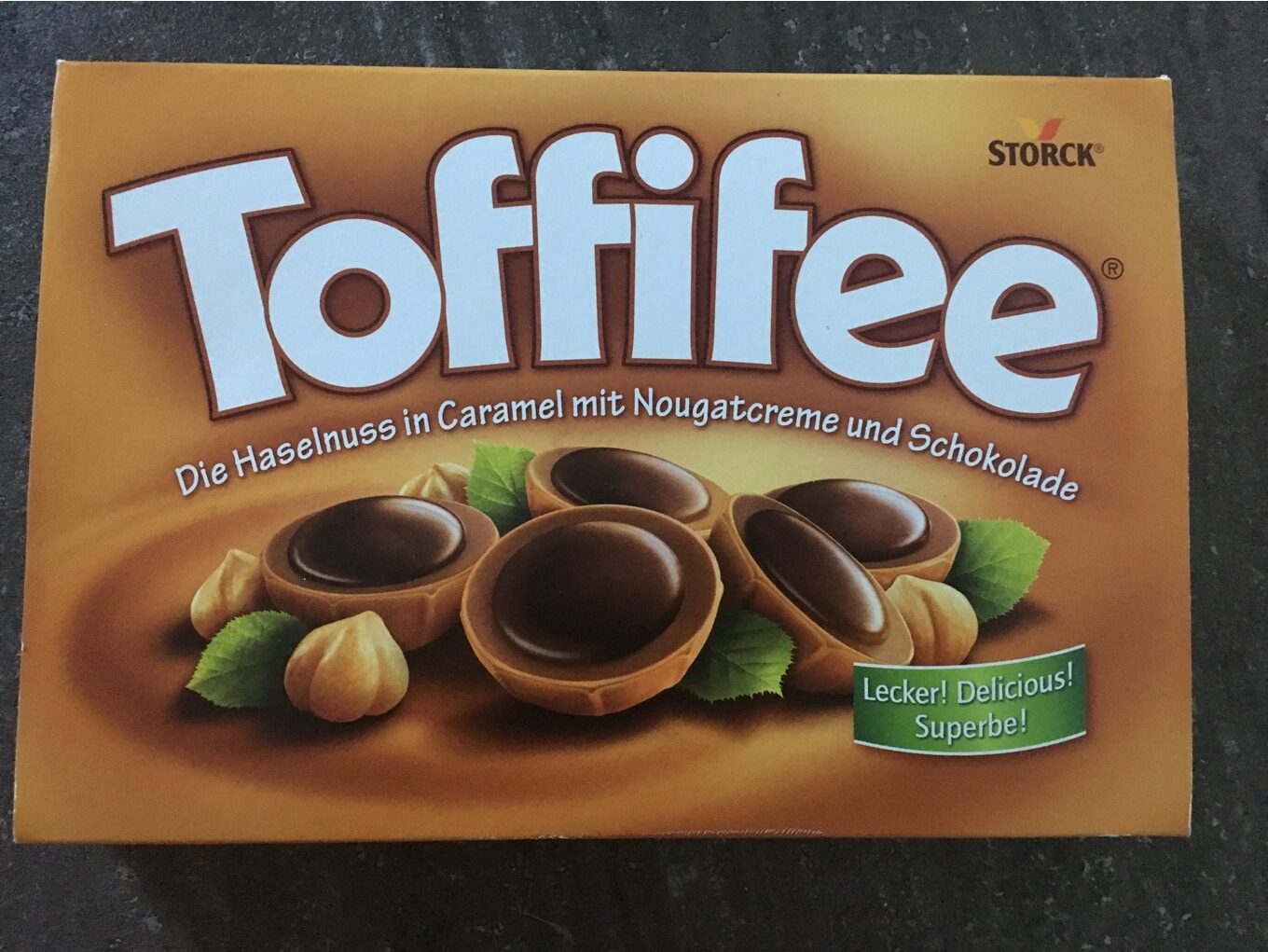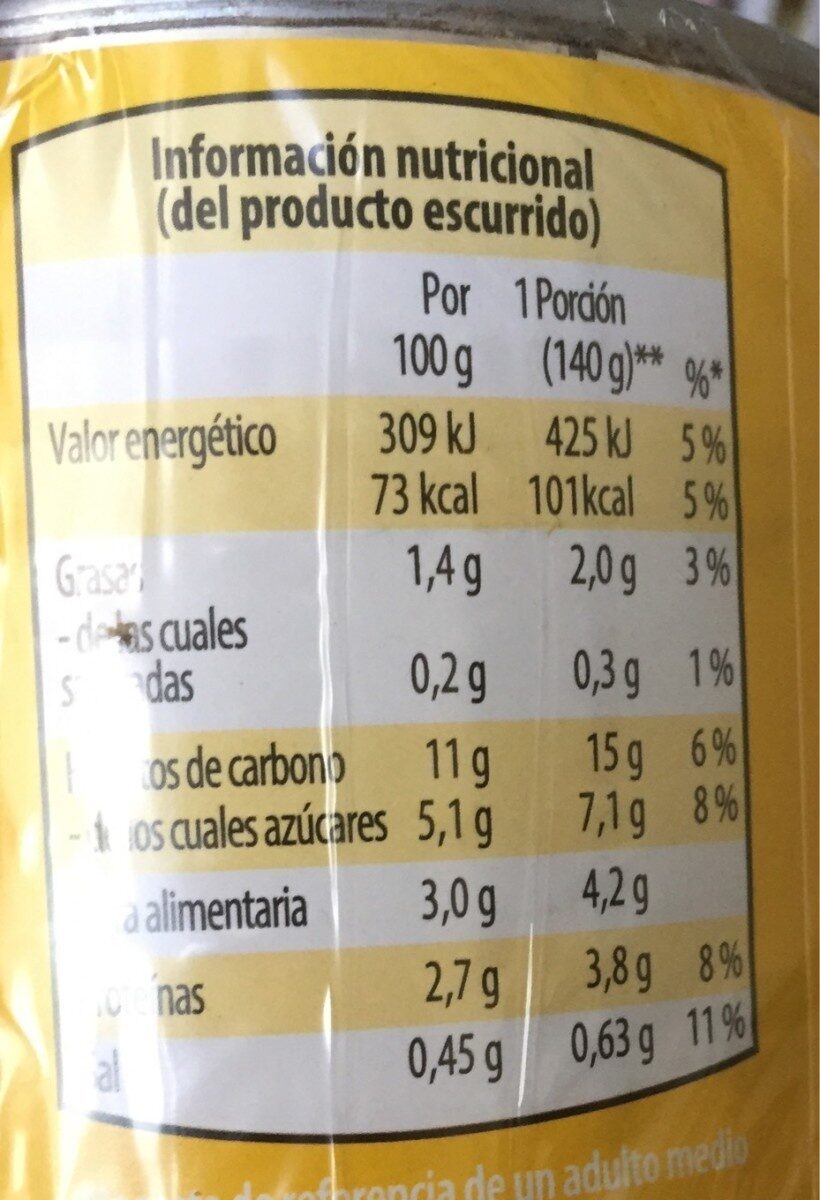Toffifee - Noisette enrobée de caramel et de crème de nougat - Storck - 200 g
Codi de barres ambigu: aquest producte té un codi de barres amb número de circulació restringit per a productes d'una empresa. Això significa que diferents productors i botigues poden utilitzar el mateix codi de barres per a diferents productes.
×
Aquesta pàgina del producte no està completa. Podeu ajudar a completar-la editant-la i afegint-hi més dades a partir de les fotos ja disponibles, o fent-ne més amb l'aplicació de androide o iPhone / iPad. Gràcies!
×
Codi de barres: 24050111
Quantitat: 200 g
Marques: Storck
Categories: Snacks, Aperitius dolços, Cacau i derivats, Llaminadures, Caramels de xocolata, Bombons
Matching with your preferences
Entorn
Empaquetament
Transport
Espècies amenaçades
Report a problem
Fonts de dades
Producte afegit per kiliweb
Última modificació de la pàgina del producte per ecoscore-impact-estimator.
La pàgina del producte, també editada per elcoco, foodrepo, foodvisor, hungergames, mbe, moon-rabbit, musarana, openfoodfacts-contributors, quechoisir, roboto-app, thaialagata, yuka.KItOH4WZLswYHvfg9Ydq3gCaC73tJP1yN2Unog, yuka.R3FzUVNibzZ1ZmN1bi9jbDlBalkrdGh0bVlPa1hVZUZNYkFCSVE9PQ, yuka.UUw0T0tiZ2xuT0ltbnNKazFSM1MzT2hIKzZUMGRGbm9DT3MrSVE9PQ, yuka.UXE0NEUvUmRsdE5WeFBRR29UengvL05LOWNhMFdsbW5DZk0rSUE9PQ, yuka.Ujc4WkFvZ3hnTVJWcWZZbTNCbnMvb0pUM3B1blVtS0lPdFJKSVE9PQ, yuka.UkxJbVNhMERnY0VUaXZCbHpqNzArdmhmL1krb1RGS05MTmNmSVE9PQ, yuka.VnFJalNMNHpxdVFMd3NSbHp5NzVvZTVPbHIrTFJISHFNYlVBSVE9PQ, yuka.WjdGY0xad0dtL2tvcFBBaW9CK04wZGxFM0oyQVpVTG9Hdmc5SUE9PQ, yuka.YjdnOEZZSUcvOFpVZ1BFajRTcjArZjV2NHNlclhGRzZBZmNYSVE9PQ, yuka.YktBNERad2lsUDh4aWN3UjBTbjcxNGxYK3BuMWNHbnFjTVl3SVE9PQ, yuka.ZHZrOEFxb2xodFFSdGRnVXdoSEx4dGhvK29HTFFVUzFOY29USWc9PQ.










